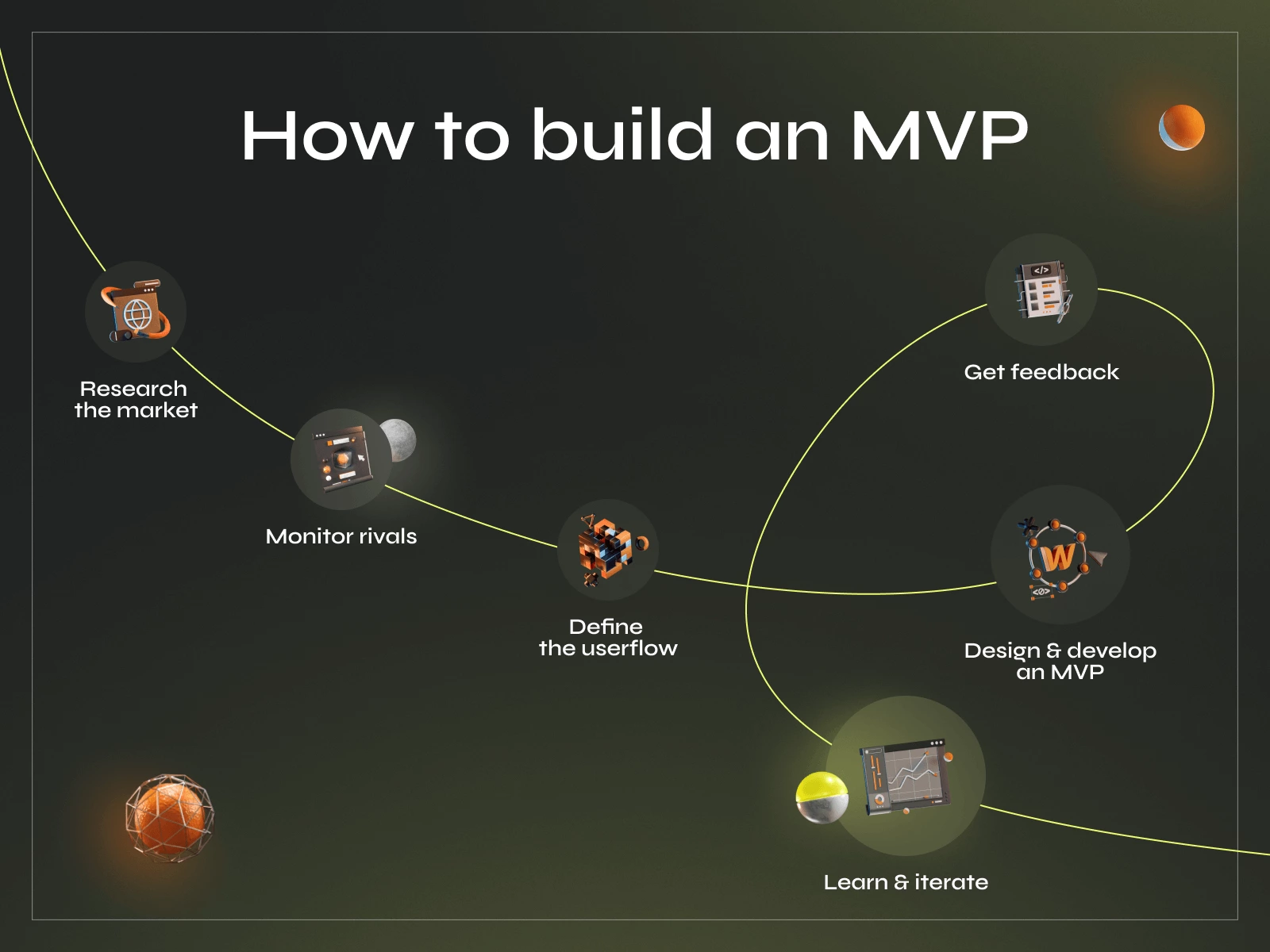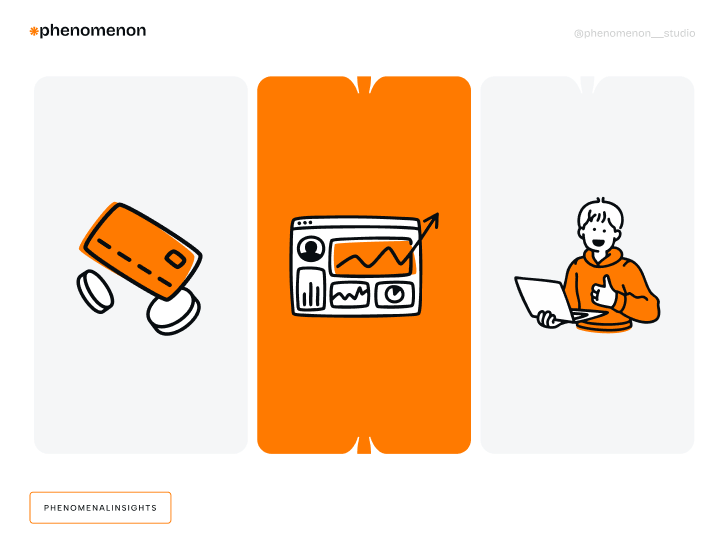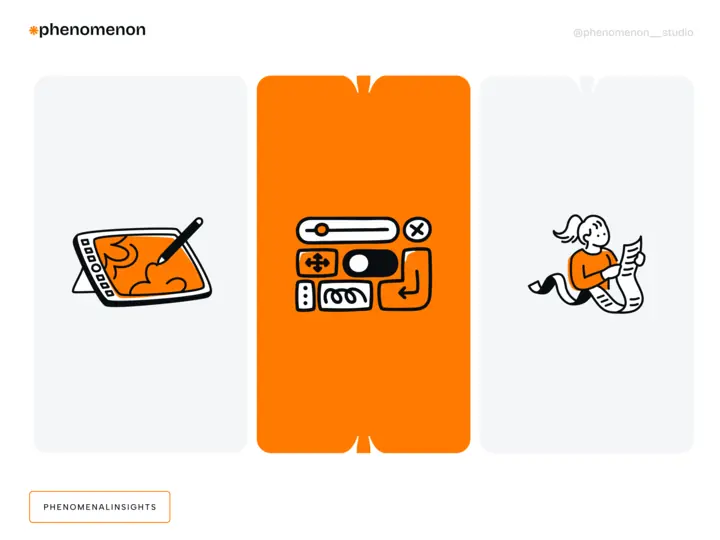The app market is a bustling metropolis. Brilliant app ideas take flight daily, but only a few succeed. The competition is fierce, and launching an app without proper validation is like taking off from a runway riddled with potholes – a bumpy ride with an uncertain destination. Imagine pouring your heart and soul into developing an app, only to discover that it fails to resonate with your target audience after launch. The resources wasted, the time lost – a scenario every entrepreneur wants to avoid.
The app market is a bustling metropolis. Brilliant app ideas take flight daily, but only a few succeed. The competition is fierce, and launching an app without proper validation is like taking off from a runway riddled with potholes – a bumpy ride with an uncertain destination. Imagine pouring your heart and soul into developing an app, only to discover that it fails to resonate with your target audience after launch. The resources wasted, the time lost – a scenario every entrepreneur wants to avoid.
This is where concept validation emerges as the air traffic controller, guiding your app idea toward a smooth and successful launch. It’s the proactive process of testing and refining your concept before significant resources are poured into development. Think of it as a crucial pit stop before takeoff. Through concept validation, you gather valuable intel – is there a real need for your app in the market? What features would be most beneficial to users? Does your app truly solve a problem, or is it just another face in the crowd? By answering these questions upfront, you can ensure your app is taking off for the right reasons, with a clear path to success.
Why Pre-Launch Validation Is Critical for App Success
Imagine months of dedicated effort and hefty financial investment culminating in a fully-fledged app. Now imagine launching it with great fanfare, only to be met with a resounding…crickets. This scenario, unfortunately, isn’t uncommon. Pre-launch validation helps startups avoid this unfortunate landing by ensuring their app concept addresses a real problem for a defined target audience. Here’s why validation is crucial for app development success:
- Reduced Development Risk. Early validation helps identify potential flaws and roadblocks in your app concept. Imagine discovering a core functionality that is technically unfeasible or having your target audience find the user interface confusing. Identifying these issues early on saves you time, money, and resources that would have been wasted on developing a flawed app.
- Increased User Adoption. A user-centric approach is the cornerstone of any successful app. Concept validation provides valuable insights into your target audience’s needs and preferences. Incorporating this feedback into your app design and functionalities creates an experience that resonates with users, leading to higher adoption rates and long-term success.
- Stronger Investor Pitch. Securing funding is critical for most startups. Investors are not simply swayed by a compelling idea; they seek evidence of market validation. A well-executed validation process provides this evidence, showcasing the market need for your app and its potential for profitability. This strengthens your investor pitch, increasing your chances of securing the resources you need to bring your app to life.
- Improved Resource Allocation. App development involves balancing features, functionalities, and resource allocation. Pre-launch validation helps you identify the most essential features of your target audience. This information allows you to prioritize development effectively, ensuring your resources are focused on the aspects that will significantly impact user adoption.
Read also: Phenomenon Studio Expands Horizons: Entering the US Market with Confidence and Experience
Proven Techniques for Effective App Idea Validation

Now that you understand the importance of pre-launch validation, let’s explore some tried-and-tested techniques that will help you refine your concept before launch:
-
Market Research & Competitive Analysis:
- Understanding Your Target Market. The foundation of successful app development starts with a deep understanding of your target audience. Conduct thorough market research to gather insights into their demographics, needs, pain points, and existing solutions. Utilize tools like surveys, focus groups, and social media listening to paint a clear picture of your ideal user.
- Competitive Landscape Analysis. No app exists in a vacuum. Identify your competitors and analyze their strengths and weaknesses. What functionalities do they offer? Where do they excel? Where do they fall short? Understanding the competitive landscape helps you position your app strategically and identify opportunities to differentiate yourself.
-
User Interviews & Feedback Sessions:
- The Power of Direct User Interaction. Talking directly to potential users is invaluable for app concept validation. Conduct user interviews to better understand users’ problems, frustrations with existing solutions, and app usage habits. Get their candid feedback on your initial concept and explore how your app could address their needs.
- Recruiting the Right Users. To ensure the feedback is relevant and actionable, focus on recruiting potential users who fit your target demographic profile. This can be achieved through online forums, social media groups, or targeted advertising campaigns.
-
Landing Page & Lead Capture:
- Gauging Market Interest. Create a simple landing page that outlines your app concept and its core benefits. Utilize visuals like mockups, screenshots, or explainer videos to showcase the app’s potential. Offer early access, exclusive content, or other incentives in exchange for user email addresses. This tactic gauges market interest, helps you build an initial user base, and allows you to collect valuable feedback before development begins.
- Optimizing Your Landing Page. Optimize your landing page for maximum effectiveness in terms of conversions. Use clear and concise language that highlights your app’s problem and value. Include a solid call to action (CTA) that encourages users to sign up for early access or provide feedback.
-
Building a Minimum Viable Product (MVP):
- Testing Your Core Concept. A Minimum Viable Product (MVP) is a stripped-down, functional version of your app that focuses on core functionalities. Building an MVP allows you to test your concept with real users in a real-world setting. By gathering feedback on the MVP, you can validate your app’s core value proposition and identify any usability issues before significant resources are invested in full-scale development.
- Prioritizing Features. Limited resources are a reality for most startups. The MVP development phase allows you to prioritize features based on user feedback. Focus on implementing the functionalities most critical to user needs and perceived as most valuable. Leave room for future iterations and feature additions based on ongoing user feedback.
Read also: Navigating the Benefits and Risks of Outsourcing App Development for App Owners
-
A/B Testing & User Feedback Analysis:
- Optimizing the User Experience. A/B testing involves presenting two or more feature or user interface element variations to different user groups. You can identify which version performs best by analyzing user behavior and engagement with each variation. This iterative process of testing and refining ensures your app provides the most intuitive and user-friendly experience possible.
- Extracting Meaningful Insights. User feedback is a treasure trove of data, but its value lies in extracting actionable insights. Utilize data analysis tools and techniques to identify recurring themes, user pain points, and areas for improvement. Focus on qualitative data from user interviews and feedback sessions alongside quantitative data from A/B testing to better understand user needs and preferences.
Choosing the Right Validation Techniques
The most effective validation strategy often combines techniques tailored to your specific app concept and target market. Here are some factors to consider when choosing your validation approach:
- The Complexity of your App. For a more complex app with numerous features, a multi-pronged approach involving market research, user interviews, and MVP development might be necessary. A landing page and user feedback campaign might suffice for more superficial apps.
- Resource Constraints. Startups often operate with limited resources. Consider the time and budget you can dedicate to the validation process. Focus on techniques that deliver the most valuable insights within your resource constraints.
- Target Audience. The best way to reach your target audience will vary depending on their demographics and online behavior. Utilize online platforms, social media groups, or industry-specific forums to connect with potential users for interviews and feedback sessions.
Conclusion
Launching a successful app requires a strategic approach. Pre-launch validation is the staging area, that will propel your app toward a successful and sustainable future. By incorporating user feedback and market insights throughout the pre-launch phase, you can identify potential pitfalls, refine your concept, and ensure your app truly resonates with your target audience.
Remember, there’s a reason Steve Jobs was obsessed with user experience – because, in the end, it’s the users who will determine your app’s fate. Pre-launch validation is your chance to connect with those users, understand their needs, and create an app that becomes an indispensable part of their lives. It’s the difference between a fleeting fad and a product that makes a real difference in the world. So, don’t skip this crucial step. Think of it as an investment in your app’s – and your – future success story.














